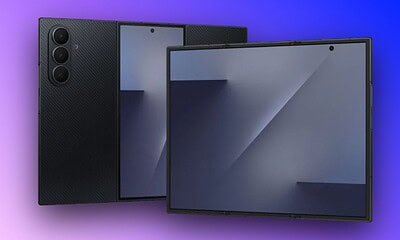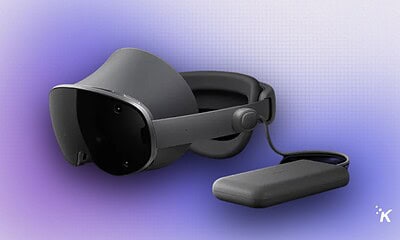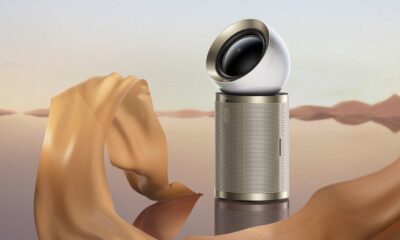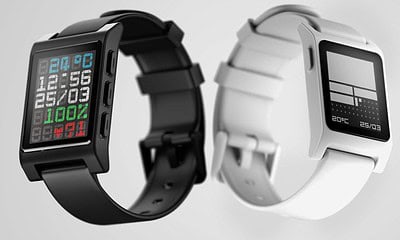Gadgets
Review: InBody H20N full-body scale
It’s not the cheapest scale out there, but packs in a ton of features.
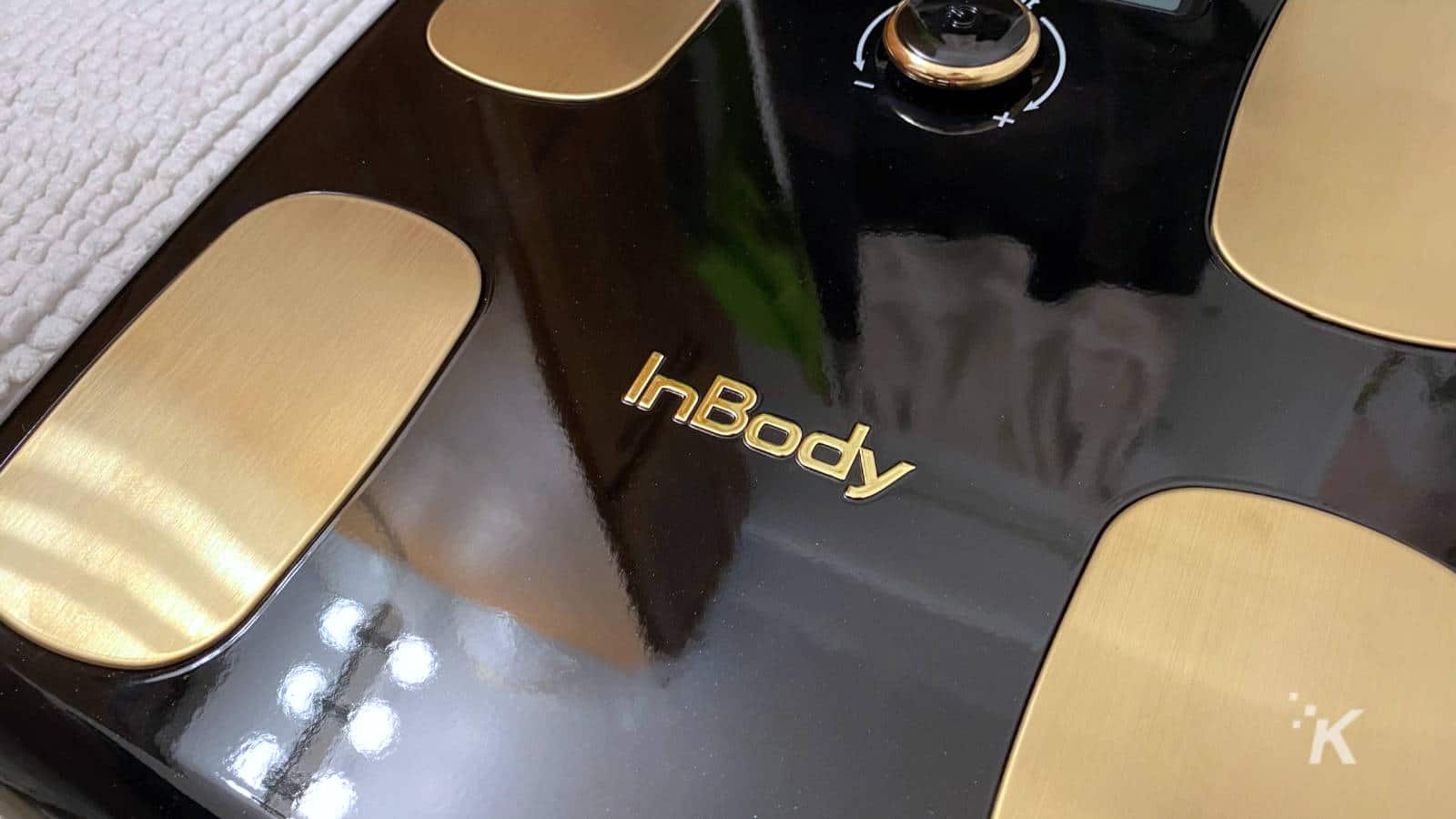
Just a heads up, if you buy something through our links, we may get a small share of the sale. It’s one of the ways we keep the lights on here. Click here for more.
[letsreview postid=”161013″]
Making positive changes to your lifestyle for your health and fitness level often needs support from others, or sometimes from technology. With so many fitness trackers or bodyweight monitors on the market, how do you know which one to choose?
Experts disagree about the effectiveness of body mass index (BMI) as an indicator of health, with some preferring to use body fat percentages as the indicator of overall wellness. What about having a tool that can measure both? You’d want something easy to use, like a smart scale, and with an easy way to save your results, to track your progress.
We’re looking at one smart scale today, the $349 InBody H20N full-body scale, which promises whole-body fat percentage measuring thanks to an additional handlebar to hold when weighing in. Is it worth the cash?
So, what’s it all about?
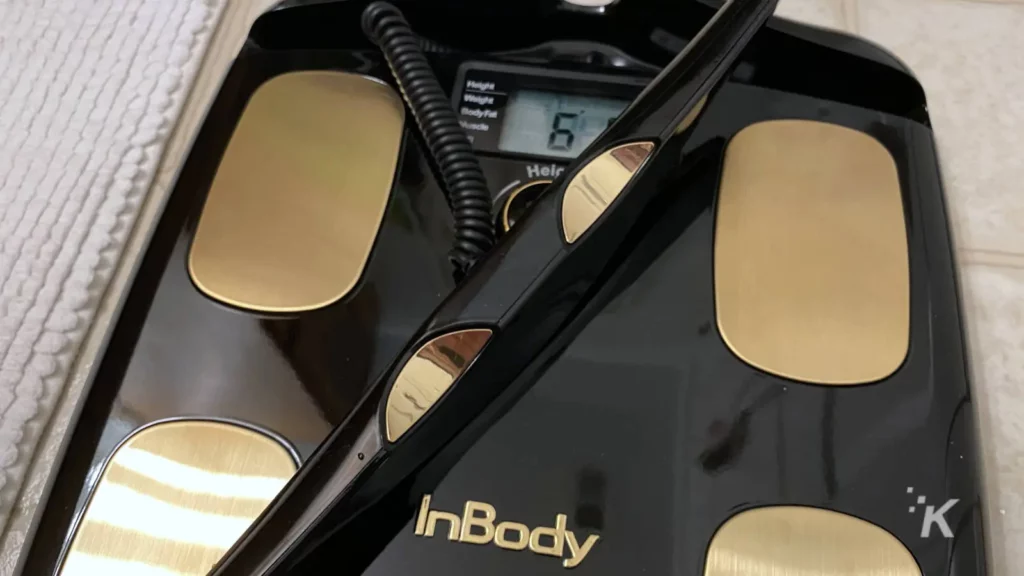
Okay, if you’ve been to your doctor’s recently you might have been asked to step on a fancy scale, and hold on to two handles. Those whole-body measurement scales can figure out things like your body fat percentage, your recommended daily calorific intake, and a bunch of other things like water percentage so you know if you’re hydrating enough.
InBody is one of the leaders in body measurement, and now you can get most of the accuracy of those whole-body devices, in the comfort of your own home. The InBody H20N takes up about the space of your normal, dumb scale, but does so much more.
READ MORE: Review: Withings Body Cardio smart scale
It measures your weight, your skeletal muscle mass, body fat mass, BMI, percent body fat, and your basal metabolic rate, so you can fine-tune your diet and workout routine with more data than other scales. That’s the whole point – simple weight measurements don’t tell you the whole story about your body composition, and it’s disheartening to see the same measurement after several weeks of working out.
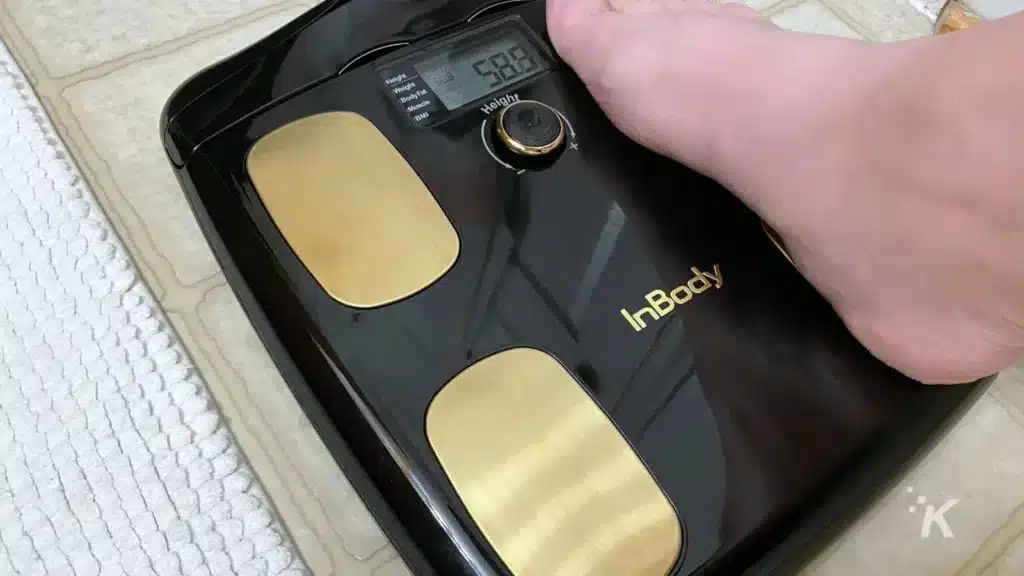
InBody’s electrode design uses two electrodes per foot, and another two electrodes per hand via the handlebar, so you get a full-body measurement. Most home smart scales that offer fat composition measurements estimate based on the lower half of your body, which could lead to inaccuracies.
So, how does it weigh up?
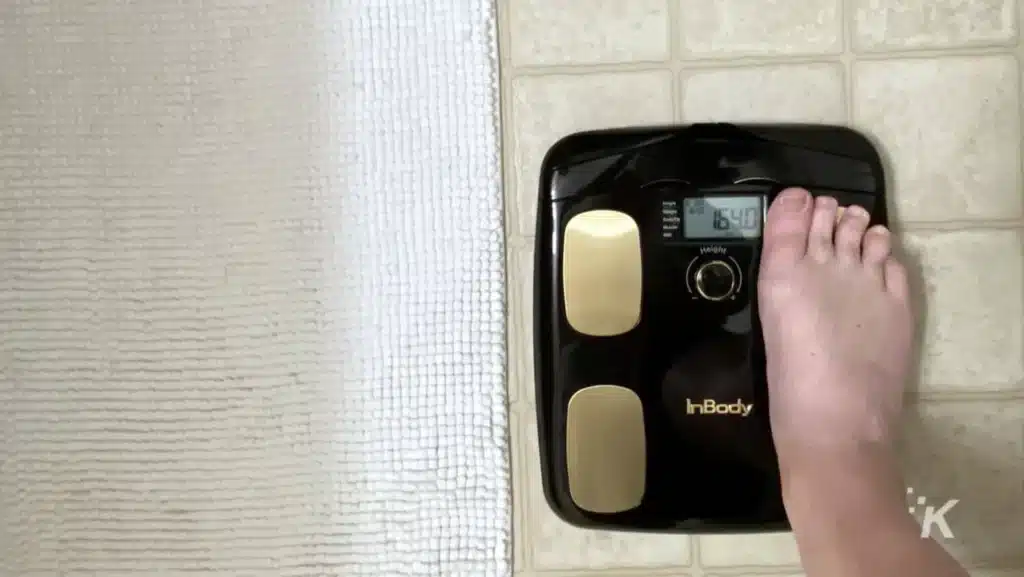
If you’ve ever used one of the larger machines at your doctor’s, the in-home version isn’t much different. The only change is that you hold the handlebar in front of you with straight arms, instead of holding the arms out at your sides.
It takes about eight seconds to do a full reading, and while you can start the measurement off from the scale, I found it easier to start with the app, as it also showed all the results as they were measured. InBody says it does 10 measurements using two different frequencies in each of the five body segments (left arm, right arm, trunk, left leg, right leg) although you won’t notice the difference when in use, the current used is very low.
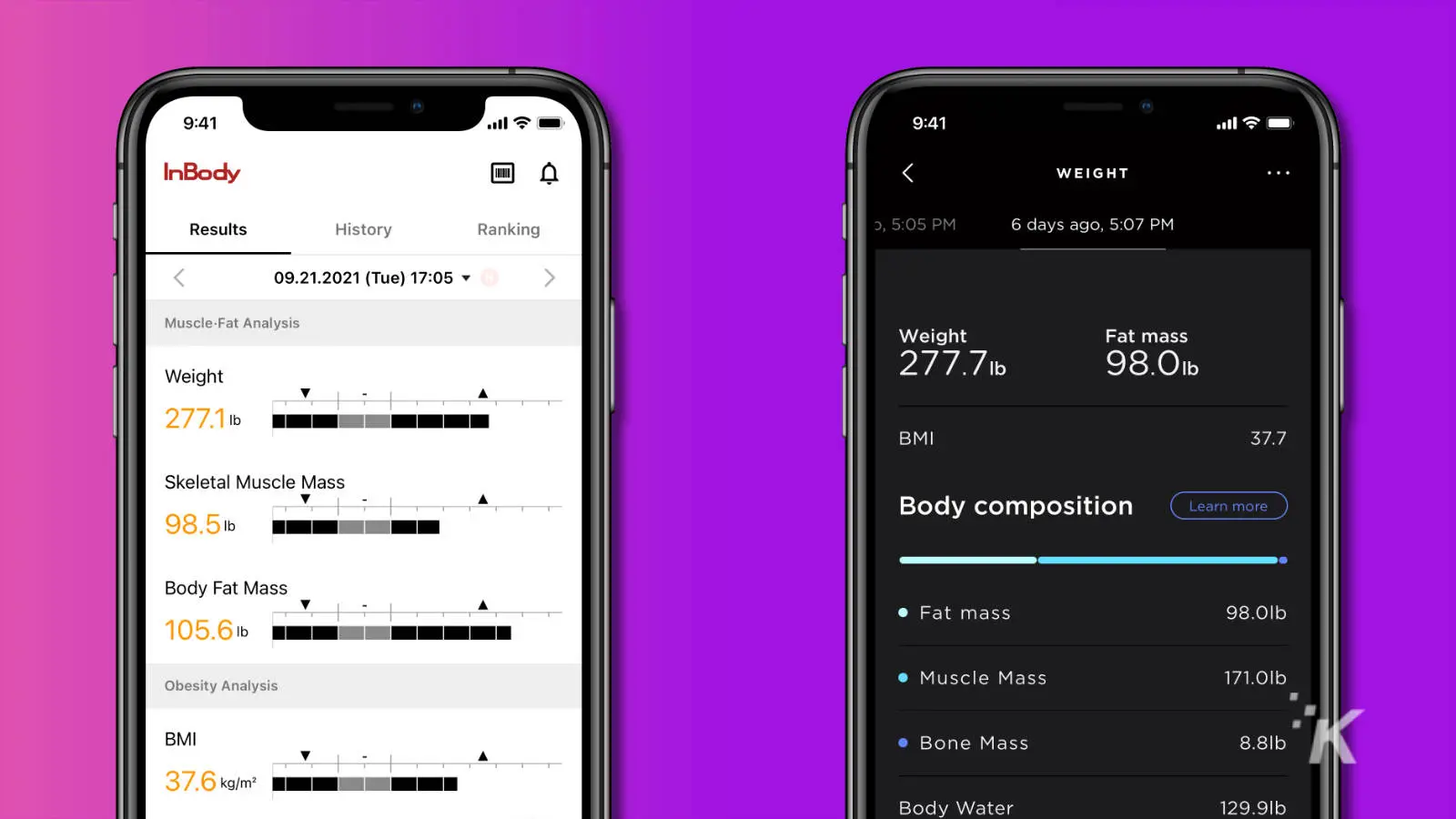
Let’s talk readings. Both the InBody and the Withings scale I have can read most of the same things. Weight is fairly consistent at just over 277 lbs, as is fat mass at 98lbs for the Withings, and 105.6lbs for the InBody. I feel like the InBody’s fat mass reading is more accurate, due to not having to rely on estimates of my upper body composition. BMI is also close.
The interesting one that the InBody gives that the Withings scale doesn’t is Skeletal Muscle Mass. According to InBody, this is “muscle that can be grown and developed through exercise,” as the muscle amount above your lean body mass. This is an important figure for evaluating your training routine, as any increases to this figure are muscle gain through exercise.
I’m looking forward to using this long-term, to get back to my usual weight range, which is around 220lbs for my build. Especially that last figure, the Skeletal Muscle Mass, as I feel that’s the missing metric that I’ve not had before to motivate me when I don’t see my overall weight dropping while I’m training.
So, should I buy the InBody H20N?
For $349, the InBody H20N full-body scale isn’t the cheapest scale you could get. That said, it’s a smaller version of the in-clinic body measurement tools, which run to the tens of thousands of dollars. To be able to get the same tech at home, for an affordable price, is insane to me.
When I first got into training as a teen, none of these tools existed, and finding the motivation based on weight alone was difficult. Knowing exactly what your routine is doing to your fat percentage and other metrics is amazing, and anyone at any stage of their fitness journey could benefit from it.
Editors’ Recommendations:
- Review: Voxelab Aquila X2 3D printer
- Review: SteelSeries Prime Mini wireless gaming mouse
- Review: Thermapen ONE – measure your meat in style
- Review: Sensibo Pure – an affordable, discreet, and easy-to-use air purifier
Just a heads up, if you buy something through our links, we may get a small share of the sale. It’s one of the ways we keep the lights on here. Click here for more. A sample unit was provided for the purpose of this review.

















